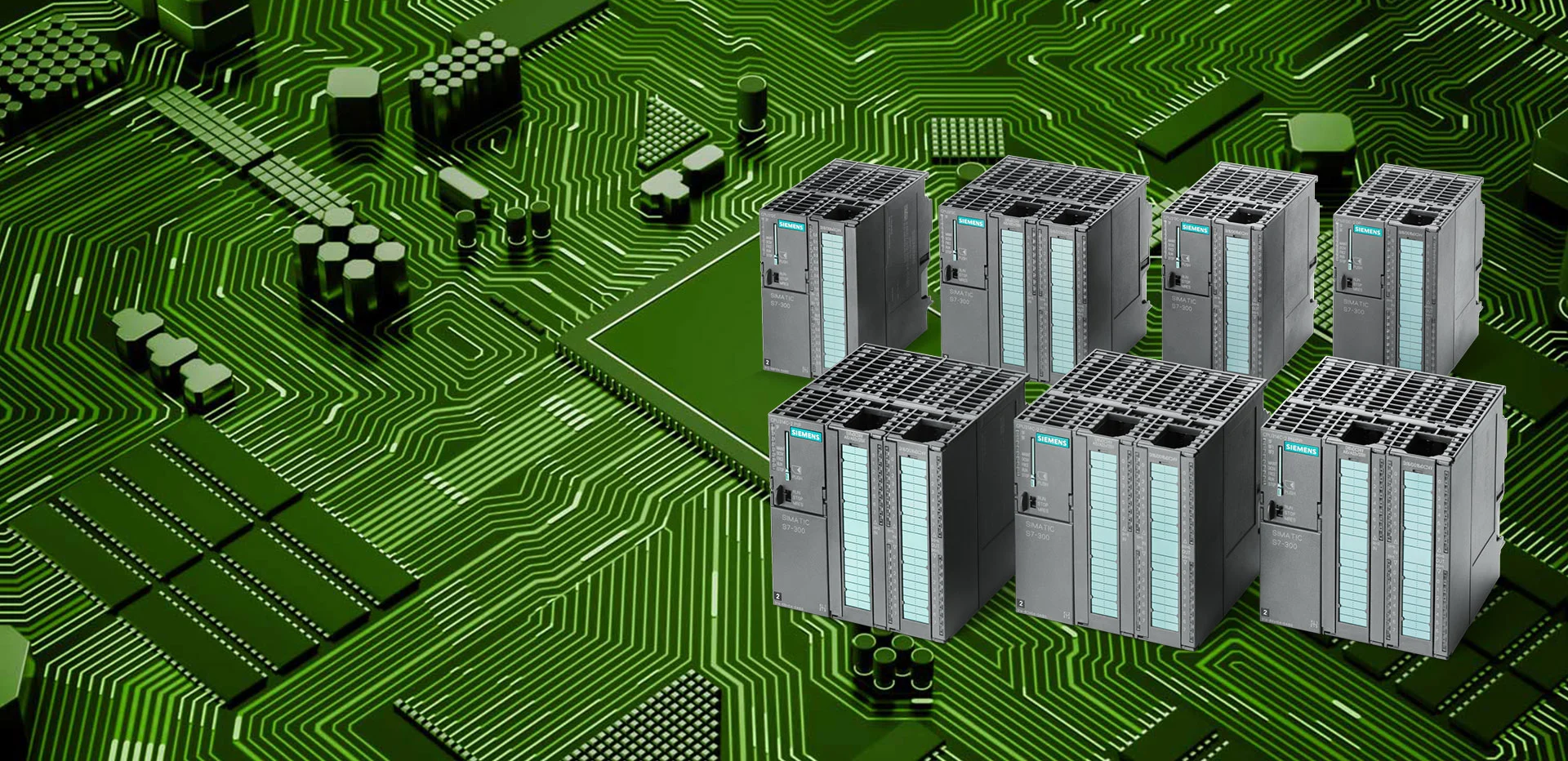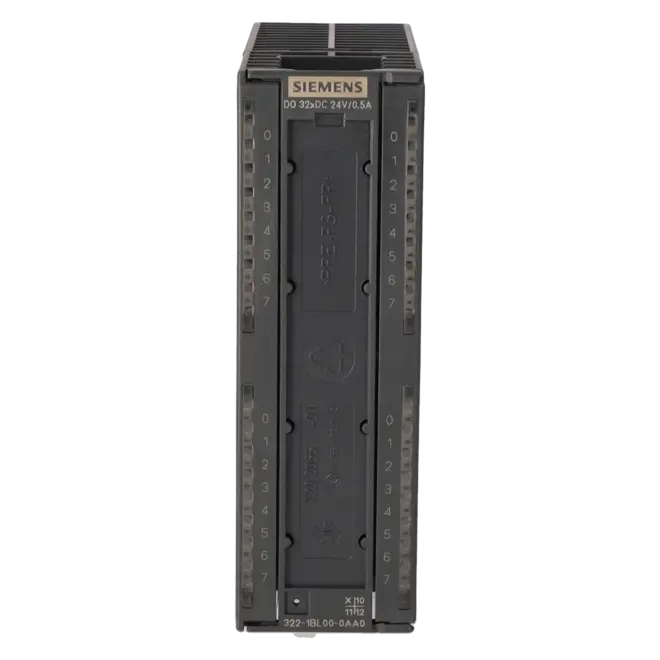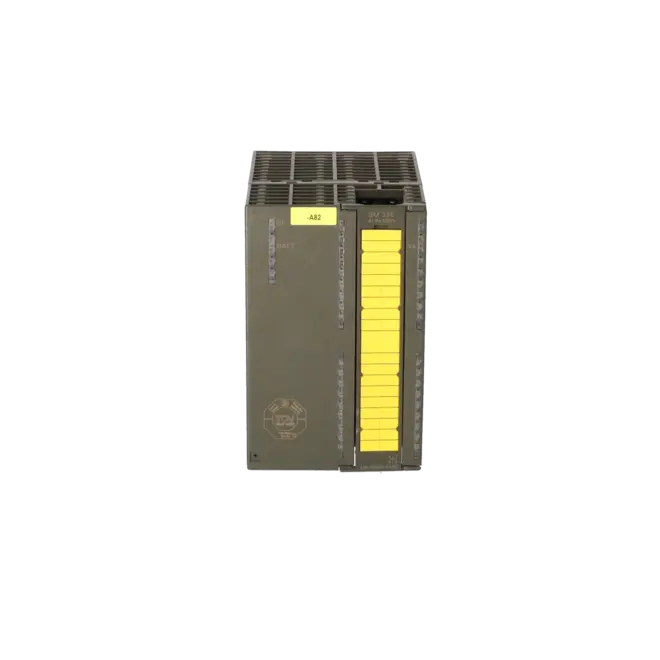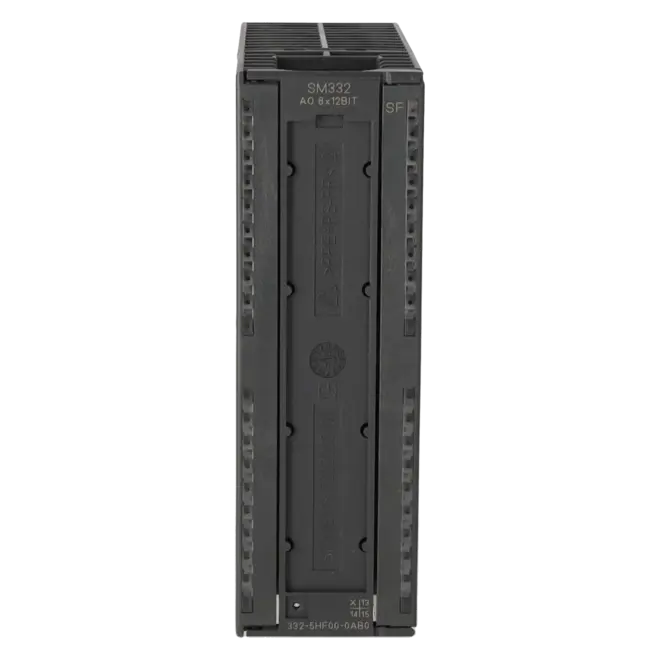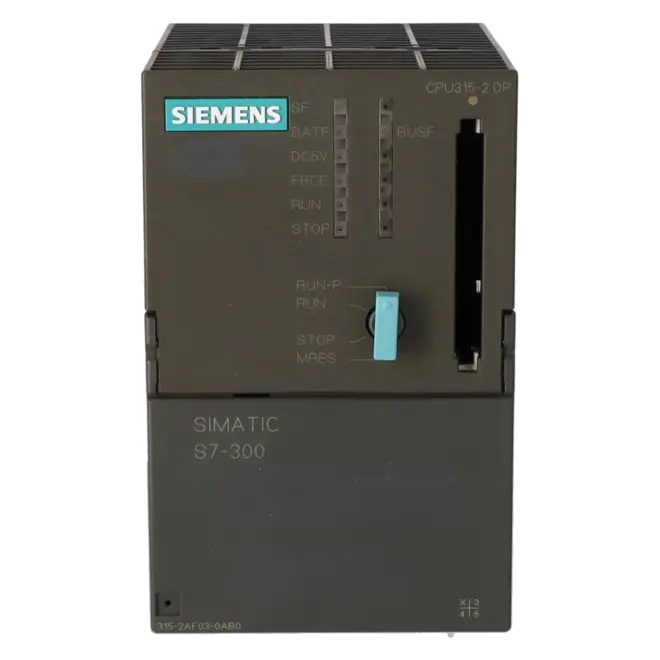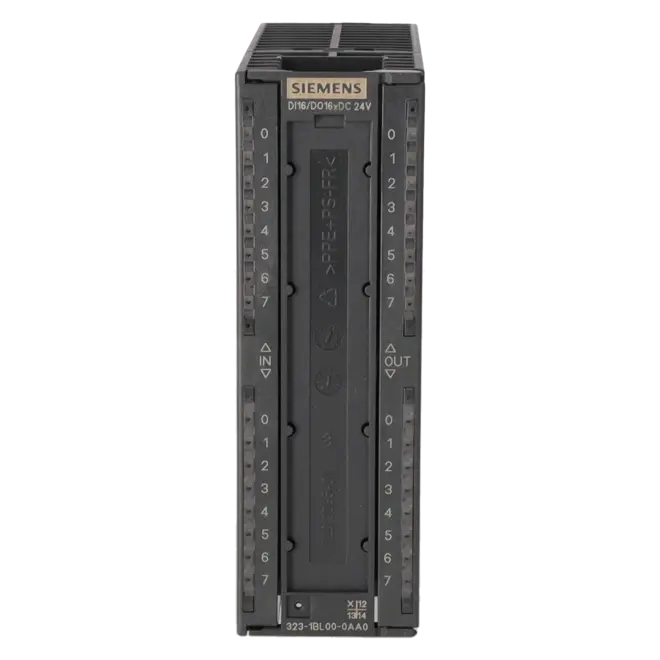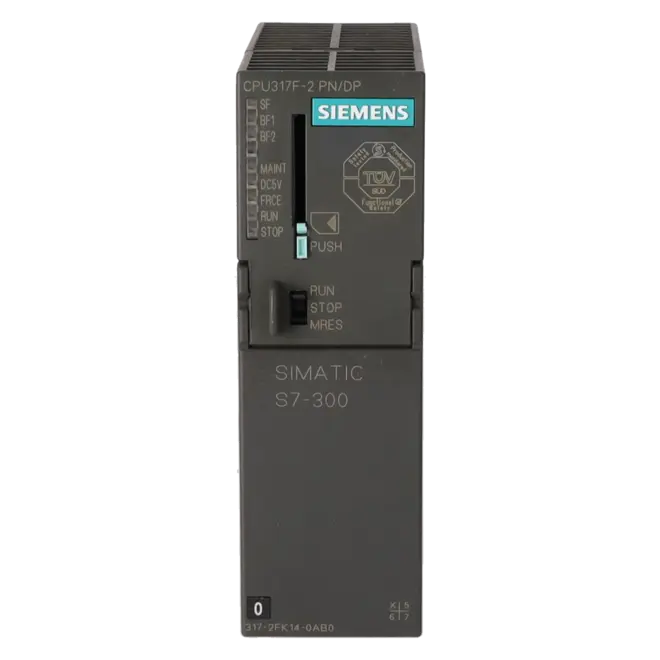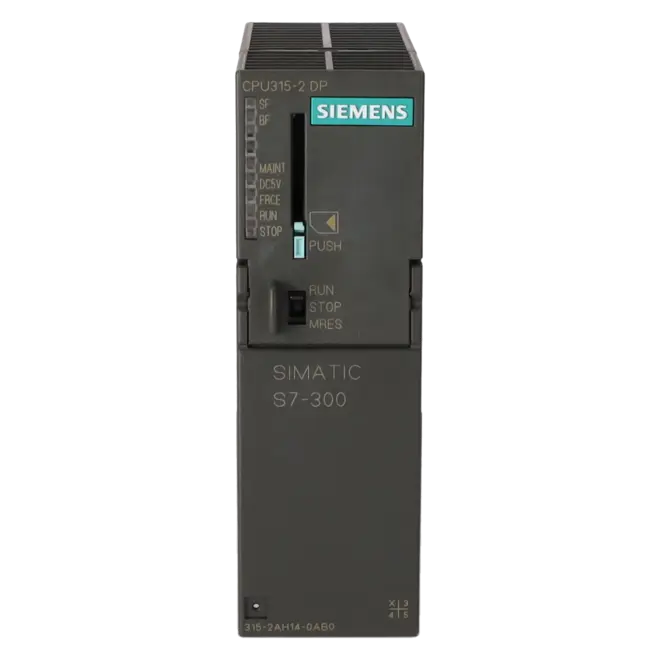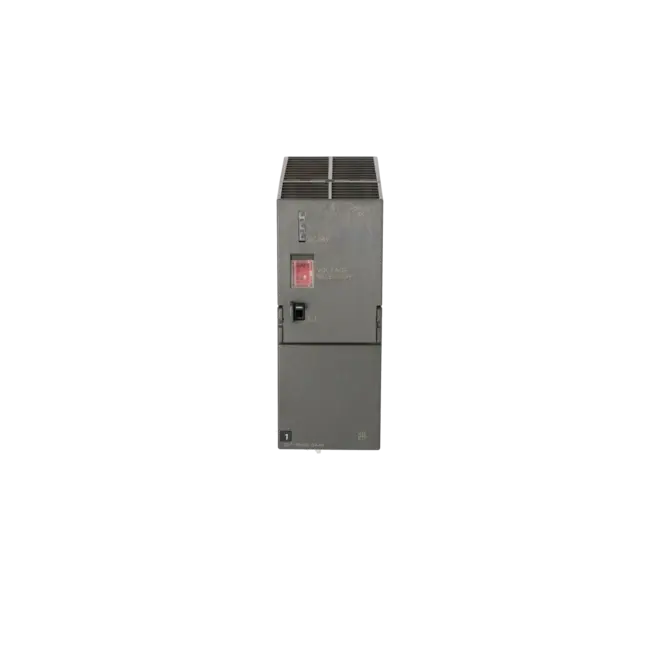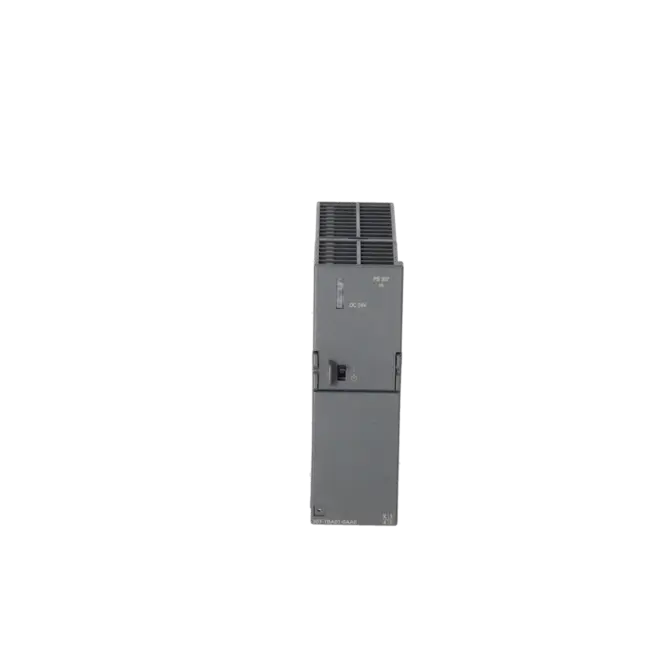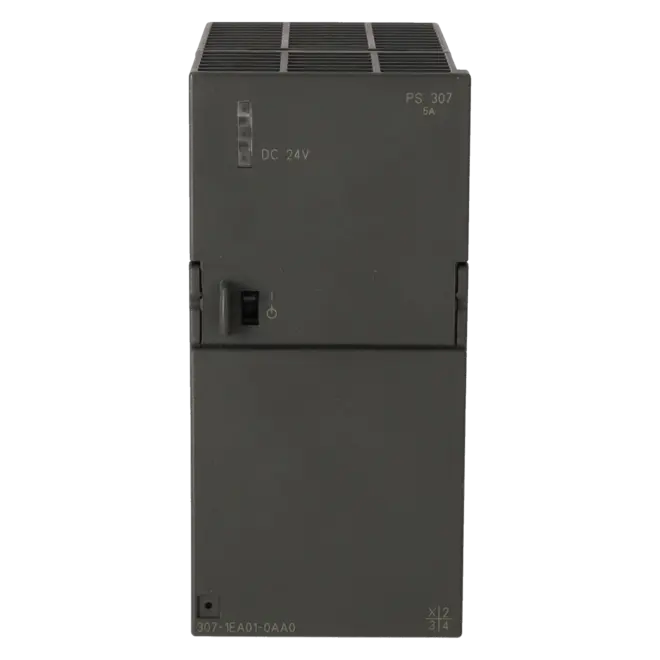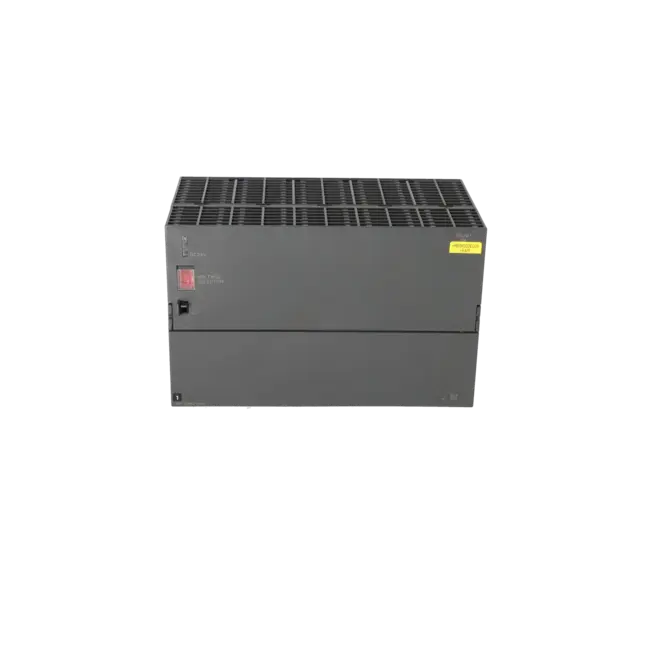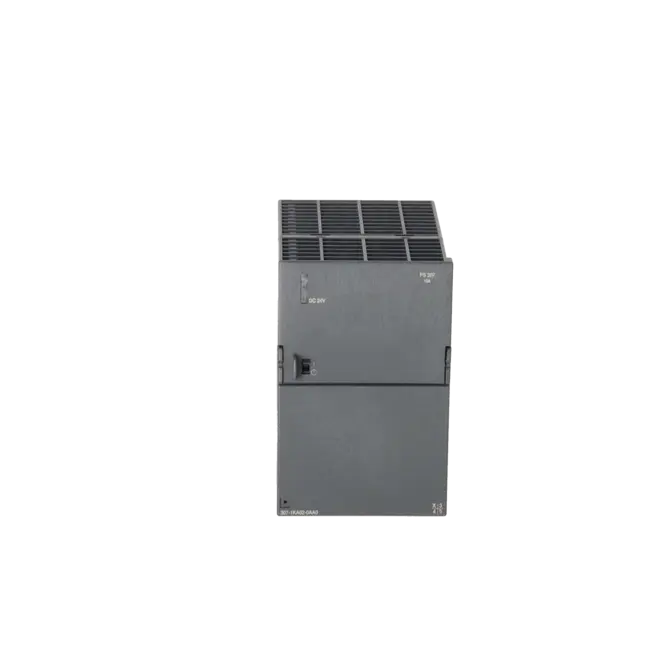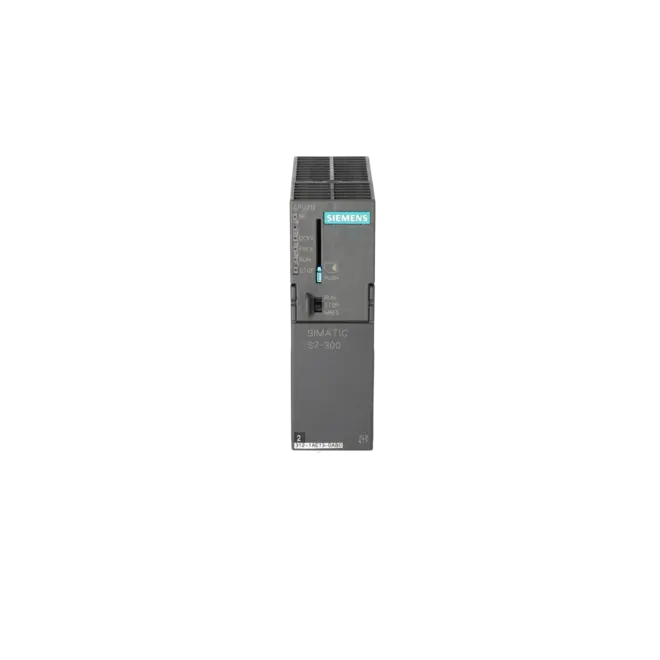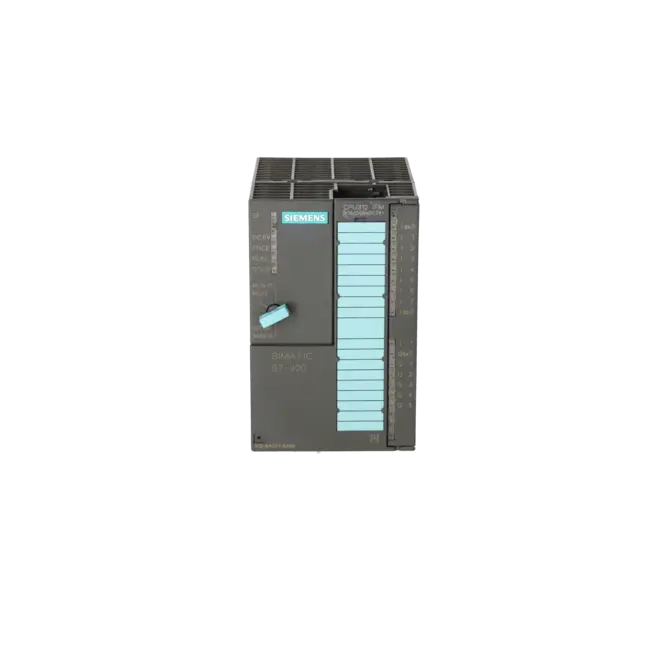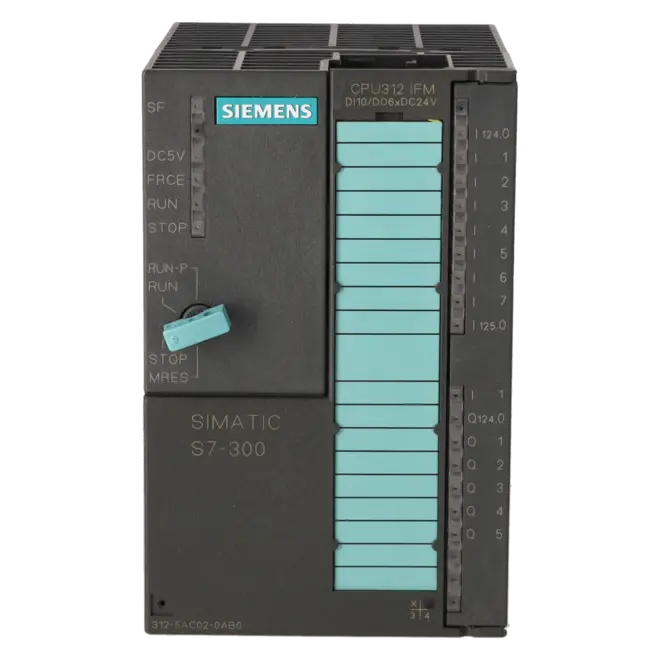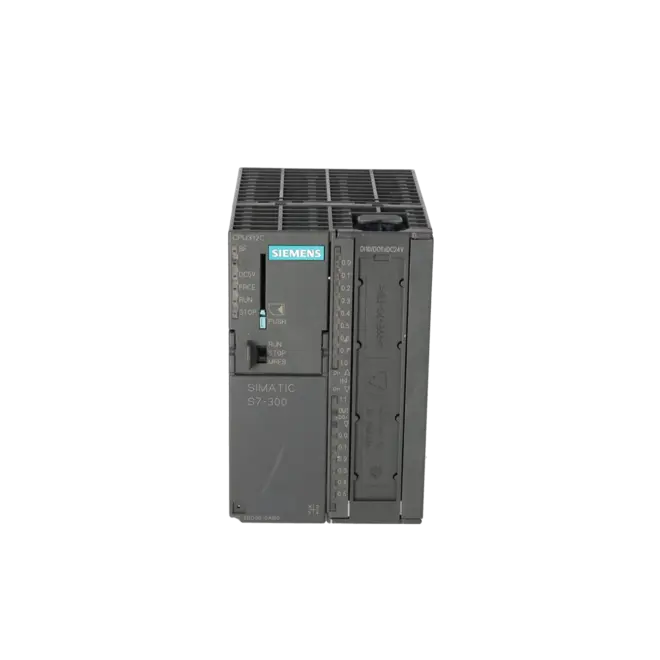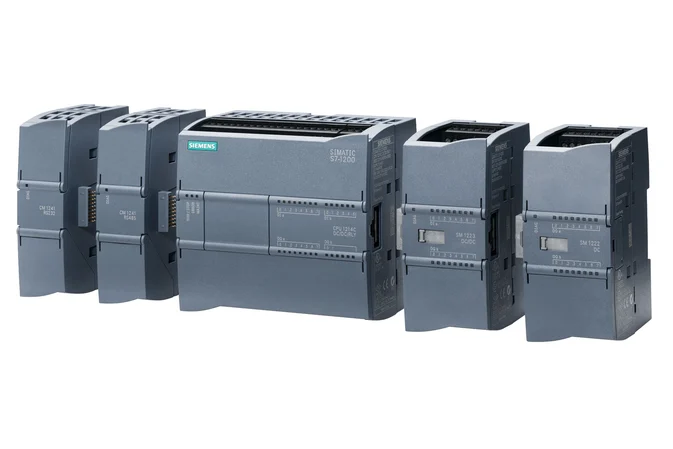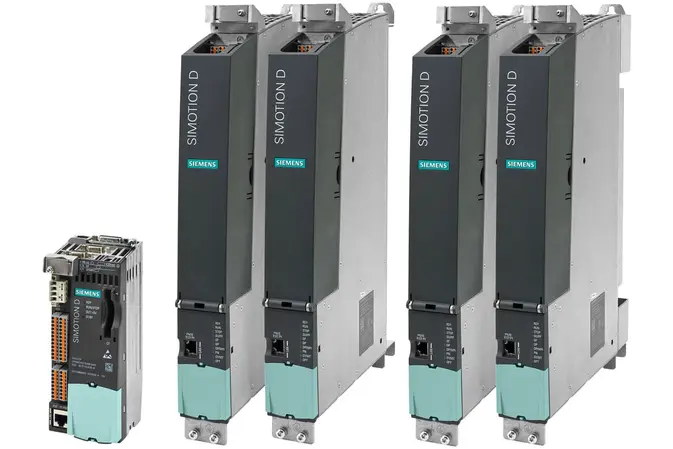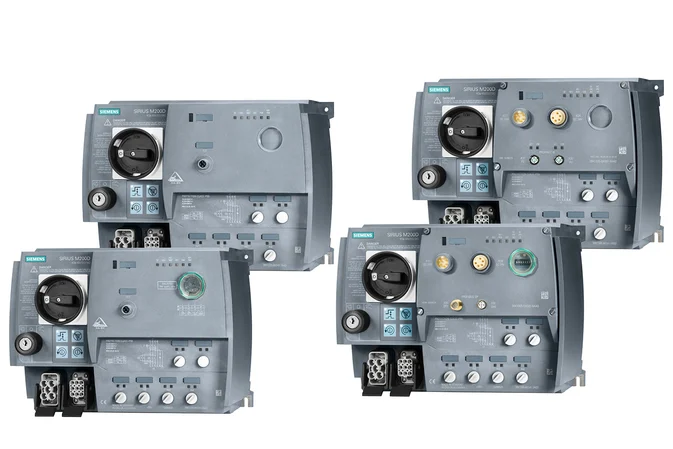What is the difference between Siemens SIMATIC S7-300 and S7-400?
The SIMATIC S7-300 and S7-400 both belong to the same generation of Siemens controllers, but differ significantly in their objectives and performance.
For many years, the S7-300 was the standard solution in mechanical and plant engineering. It is particularly suitable for medium-sized automation tasks, such as in packaging machines, conveyor systems, or assembly facilities. Its CPUs offer solid but limited computing power and are modularly expandable—albeit within a manageable scope. Communication usually takes place via PROFIBUS or PROFINET, requiring additional modules.
The S7-400, on the other hand, was developed for larger and more complex applications, such as those found in the process industry (chemical, energy, water/wastewater, paper, or steel mills). It has significantly more powerful CPUs, can process considerably more inputs and outputs, and offers high scalability thanks to large racks and numerous expansion options. A key difference is the option of using redundancy—i.e., operating with dual CPUs or networks—which ensures very high system availability. The memory sizes and address spaces of the S7-400 are also significantly larger than those of the S7-300. The S7-300 is designed for medium-sized control tasks with moderate performance requirements. The S7-400 is designed for large, complex, and critical systems where performance, scalability, and reliability are crucial.
Both systems are now being phased out. Siemens recommends switching to the S7-1500 (as the successor to the S7-300) for new projects and migrations, or in combination with PCS 7 / S7-410 process control technology as a replacement for the S7-400.
